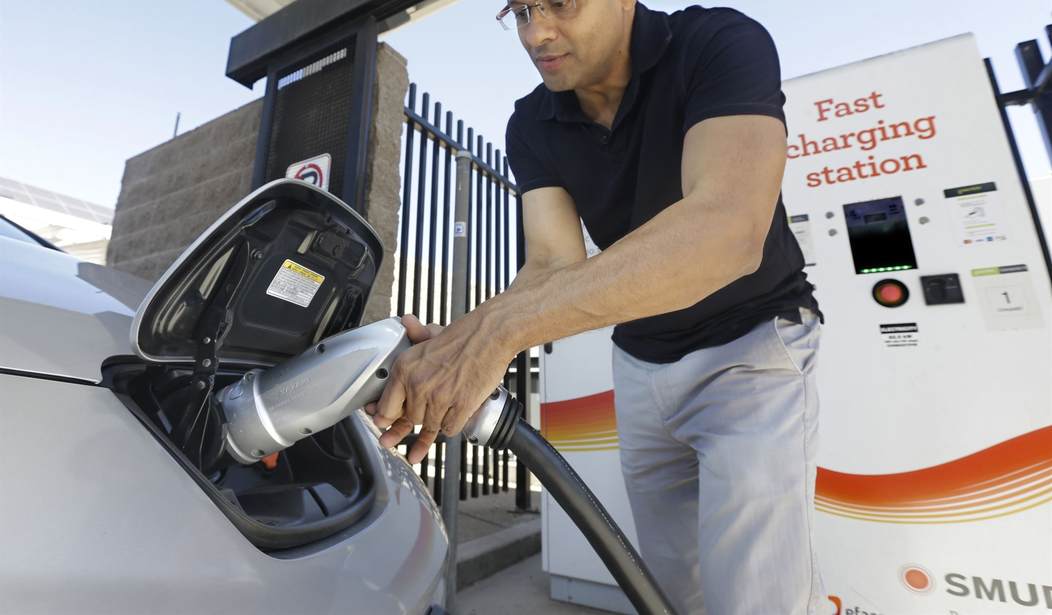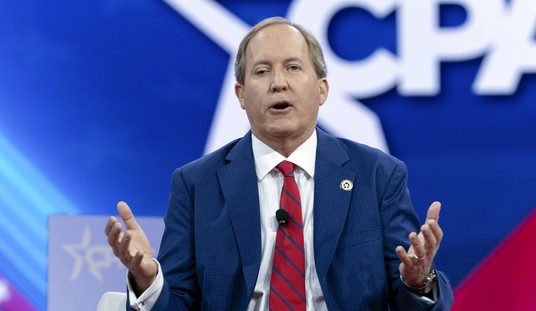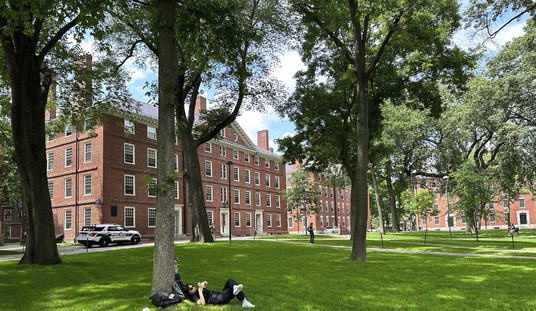In case you somehow hadn’t noticed, a blast of arctic weather has been covering large parts of the United States with snow and ice, including in places that rarely see this type of weather. (Thanks, global warming!) Temperatures have fallen below the freezing point in many locations, including Chicago and even Texas. In the Windy City in particular, those who followed Joe Biden’s advice and invested in a new electric vehicle are learning something else the hard way. EV car batteries do not hold up well under these conditions and their transportation options have become more limited. Wait times at charging stations are getting out of hand and drivers are expressing their displeasure. (NBC News Chicago)
It’s been years since the city of Chicago has had a prolonged period of cold weather like this, and some residents are learning the hard way that electric vehicles have difficult coping with the frigid conditions too.
In Evergreen Park, residents were seen lined up for hours as they attempted to charge their cars.
“You have to come up here, wait two hours to get into the charger. They tell you it’s fast, but then it takes two hours to charge your car,” Marcus Campbell said.
This phenomenon is fairly basic in the engineering world. Batteries perform optimally only in a specific, nominal temperature range. If they are cooled down close to freezing levels, their capacity drops dramatically. If you heat them up too much other problems develop. People with gas-powered vehicles don’t have to think about their batteries nearly as often, though even those cars can fail to start on a frigid morning. But the batteries in the EVs are what power everything whenever they are on the road.
What’s being observed in Chicago and other places is that the EV batteries in many models lose up to 20 percent of their charging capacity when the thermometer falls below the freezing point. If the car’s heater is running on full blast (as you might expect in such weather), the capacity can drop by more than 40%. And that means the available range you can drive is reduced by that much as well, so you need to plan your trip around where the next charging station is.
Even if you manage to find one, you will further need to hope that it’s not backed up by frustrated drivers like the one mentioned in the linked report. Wait times of up to two hours were encountered and the cars were charging much more slowly than usual. At the Chicago charging station mentioned above, multiple vehicles wound up having to be hauled away by tow trucks. All of the waiting around was made all the more miserable by the frigid winds and snow.
People in Texas are running into similar issues. Their problems are further compounded by the large amount of their power grid that has been converted to wind energy. When an unexpected surge of ice and snow begins freezing up the wind turbines, the grid quickly begins to buckle. In a situation like that, you might not be able to recharge your EV even if you manage to find a charging station. Outages were being reported yesterday throughout central Texas.
Other areas, particularly in the northeast, are far more used to these winter conditions. The electrical grid is typically (although not always) more reliable. But you still don’t see a lot of EV charging stations in the region where I live. Between the harsher winters and few charging stations, perhaps that’s why so few EVs are sold around here. It would be a refreshing change if the swamp creatures in Washington would start paying attention to little details like this when making policy.







Join the conversation as a VIP Member